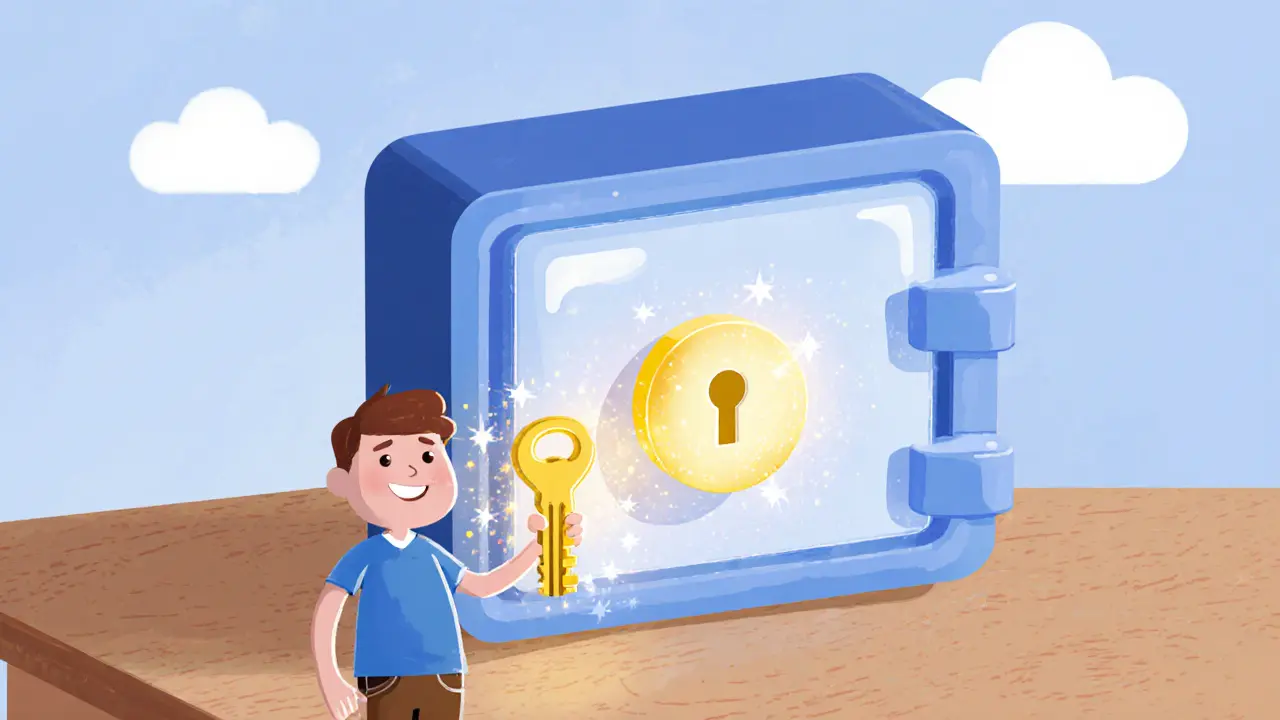When working with private key security, the practice of protecting the cryptographic keys that control access to cryptocurrency assets. Also known as private key protection, it is the backbone of safe crypto ownership. Hardware wallet, a physical device that stores private keys offline and a seed phrase, a human‑readable backup of your keys are the two most common defenses you’ll hear about. Private key security isn’t a fancy buzzword; it’s the difference between keeping your crypto and losing it to a hack or a lost notebook.
Private key security encompasses several layers. First, you need strong encryption, the process of converting your key data into unreadable code unless you have the correct password to lock the key file on any device. Second, you should store the encrypted file in a cold storage environment—meaning it stays disconnected from the internet. Cold storage reduces attack surface, because hackers can’t reach an offline drive. Third, regular backups of your seed phrase in multiple physical locations protect against loss or disaster. Together, these steps form a chain: if any link fails, the whole system is vulnerable. In practice, private key security requires strong encryption, and hardware wallets influence private key security by keeping the key offline while still allowing easy transaction signing. Likewise, a well‑written seed phrase backup improves recovery chances, while poor handling can expose the key to phishing attacks.
The articles below reflect the wide range of topics that intersect with private key security. You’ll find deep dives into DeFi platforms, exchange reviews, regulatory updates, and real‑world use cases that all hinge on keeping your keys safe. Whether you’re just setting up a wallet or managing large institutional holdings, the collection offers actionable insights you can apply right away. Scroll down to explore how each piece connects to protecting your crypto assets and strengthening your overall security posture.

Learn how end-to-end encryption protects crypto wallets, the four-stage E2EE process, key components, benefits over custodial solutions, and best practices for secure storage.